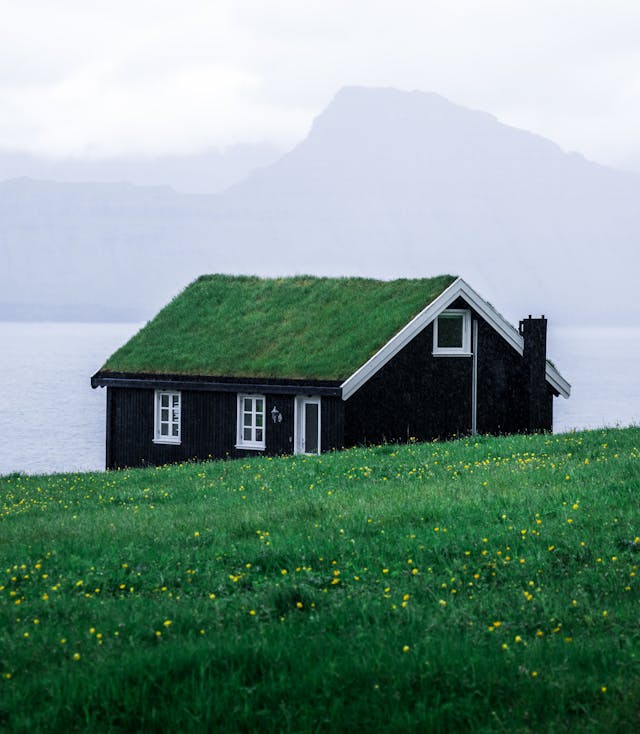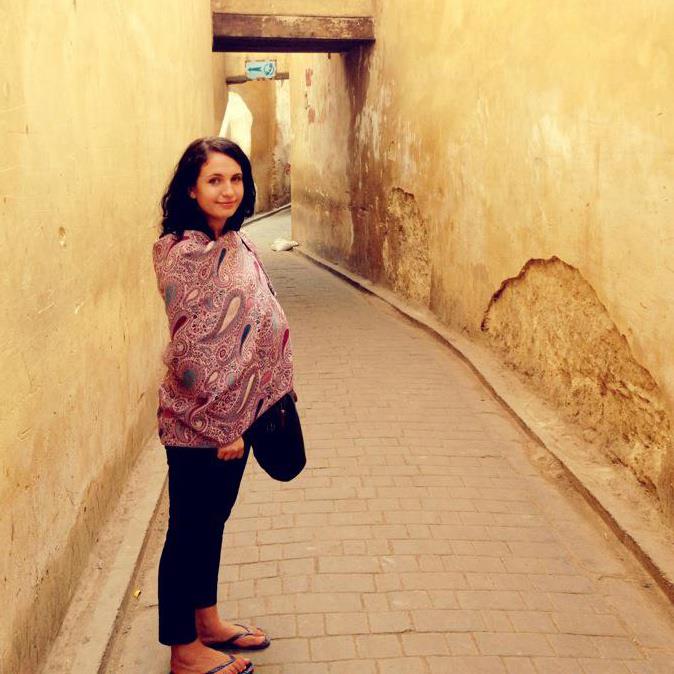As urban areas continue to expand, cities are seeking innovative ways to combat environmental challenges. One solution gaining traction is green roofing, a sustainable alternative that transforms rooftops into eco-friendly spaces. These living roofs not only enhance a building’s aesthetic appeal but also provide significant environmental and economic benefits. Homeowners, developers, and city planners are increasingly recognising the value of green roofs in reducing urban heat, improving air quality, and promoting biodiversity. But what exactly is a green roof, and why is it becoming a preferred choice for sustainable urban development?
What Is Green Roofing?
A green roof is a rooftop covered with vegetation, soil, and specialised drainage systems designed to support plant life. Unlike traditional roofs, which contribute to heat retention and stormwater runoff, green roofs absorb rainwater, improve insulation, and create natural habitats for wildlife.
There are two primary types of green roofs: extensive and intensive. Extensive green roofs are lightweight, requiring minimal maintenance and typically featuring drought-resistant plants. Intensive green roofs, on the other hand, resemble rooftop gardens, supporting a wider variety of vegetation but requiring more upkeep. Regardless of type, both offer substantial benefits for urban environments.

Environmental Benefits of Green Roofs
One of the most compelling reasons for adopting green roofing is its environmental impact. Traditional rooftops contribute to the urban heat island effect, where city temperatures rise due to heat absorption by concrete and asphalt. Green roofs help mitigate this by providing natural insulation, reducing the need for artificial cooling, and ultimately lowering carbon emissions.
Beyond temperature regulation, green roofs play a crucial role in improving air quality. Vegetation filters pollutants from the air, reducing harmful toxins and creating a healthier environment. Additionally, green roofs support urban biodiversity, offering shelter and food sources for birds, insects, and other small wildlife often displaced by urban development.
Economic and Practical Advantages
From a financial perspective, green roofing presents numerous long-term advantages. One of the key benefits is enhanced energy efficiency. By improving insulation, green roofs help regulate indoor temperatures, reducing reliance on heating and cooling systems. This translates to lower energy bills and reduced overall building maintenance costs.
Additionally, green roofs increase property value. A well-maintained green roof enhances curb appeal, making properties more attractive to buyers and tenants who prioritise sustainability. Some governments even offer financial incentives for green infrastructure projects, such as tax breaks and grants, making the investment even more appealing.
Furthermore, green roofs can extend the lifespan of a building’s roofing system. The protective layer of vegetation shields roofing materials from extreme weather conditions and UV exposure, reducing wear and tear over time.
How to Get Started with Green Roofing
For those considering a green roofing solution, several factors must be taken into account. Structural suitability is the first consideration—buildings must be assessed to determine whether they can support the added weight of soil and vegetation. Additionally, choosing the right materials and plant selection is essential, with options varying depending on climate, maintenance levels, and aesthetic preferences.
Installation typically involves layers of waterproofing, root barriers, drainage systems, and vegetation. To ensure the best results, it’s advisable to work with experienced professionals who specialise in green roofing solutions, as proper design and maintenance are key to longevity and effectiveness.
For those interested in learning more about Green roofing, working with industry professionals can help navigate the process and ensure a successful installation.
With growing concerns over climate change and urban sustainability, green roofs present a viable solution for homeowners, developers, and city planners. They offer a wealth of environmental, economic, and aesthetic advantages, making them a worthwhile investment in the future of urban living. Whether for energy efficiency, biodiversity, or financial benefits, green roofing is a step towards a more sustainable world.



